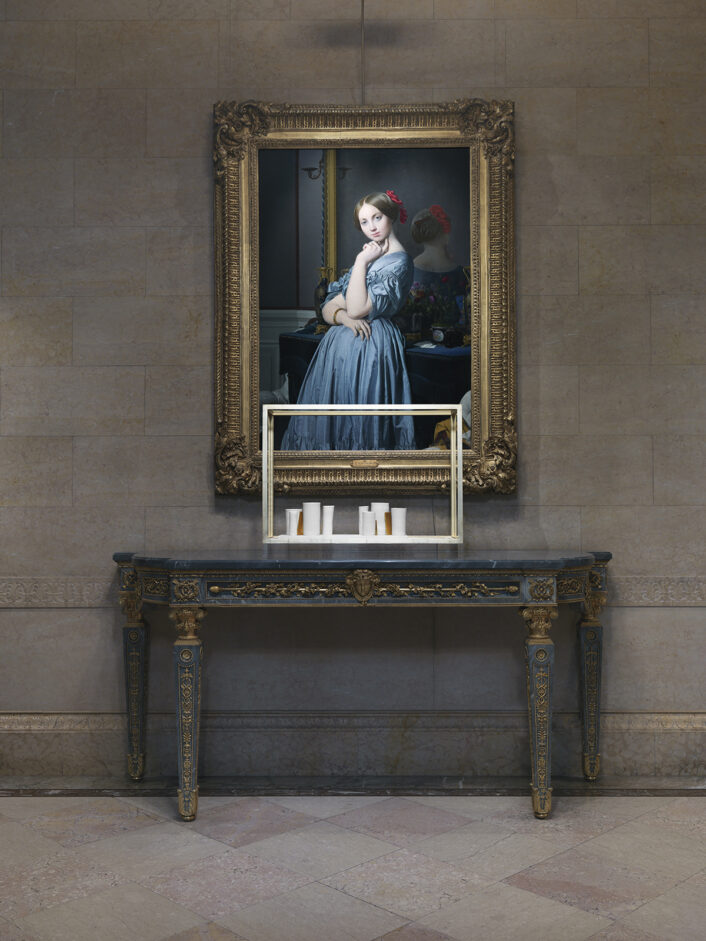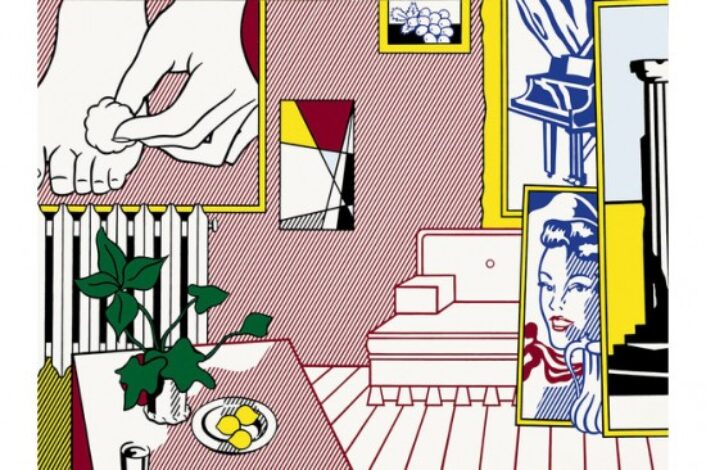Fine Art
More than 375 works left to the Met by longtime donor
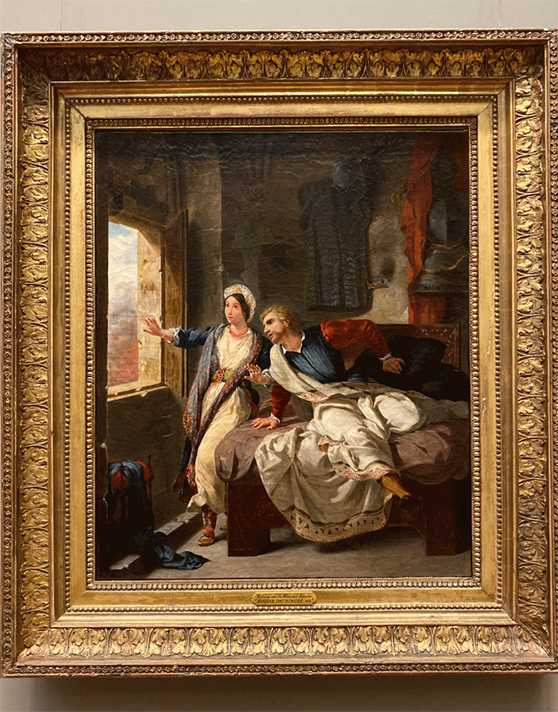
Eugene Delacroix’s “Rebecca and the Wounded Ivanhoe”, 1823.
Image courtesy of: HyperAllergic
Jayne Wrightsman was one half of a pair of champion givers to The Met for the past sixty years. When Mrs. Wrightsman passed away last April at the age of 99, she made sure to continue the couple’s history of giving by leaving more than 375 works to the museum, along with $80 million to support acquisitions of works from Western Europe and Britain created between 1500 and 1850.
Among the paintings donated last year was Vermeer’s “Study of a Young Woman” and Delacroix’s “Rebecca and the Wounded Ivanhoe.”
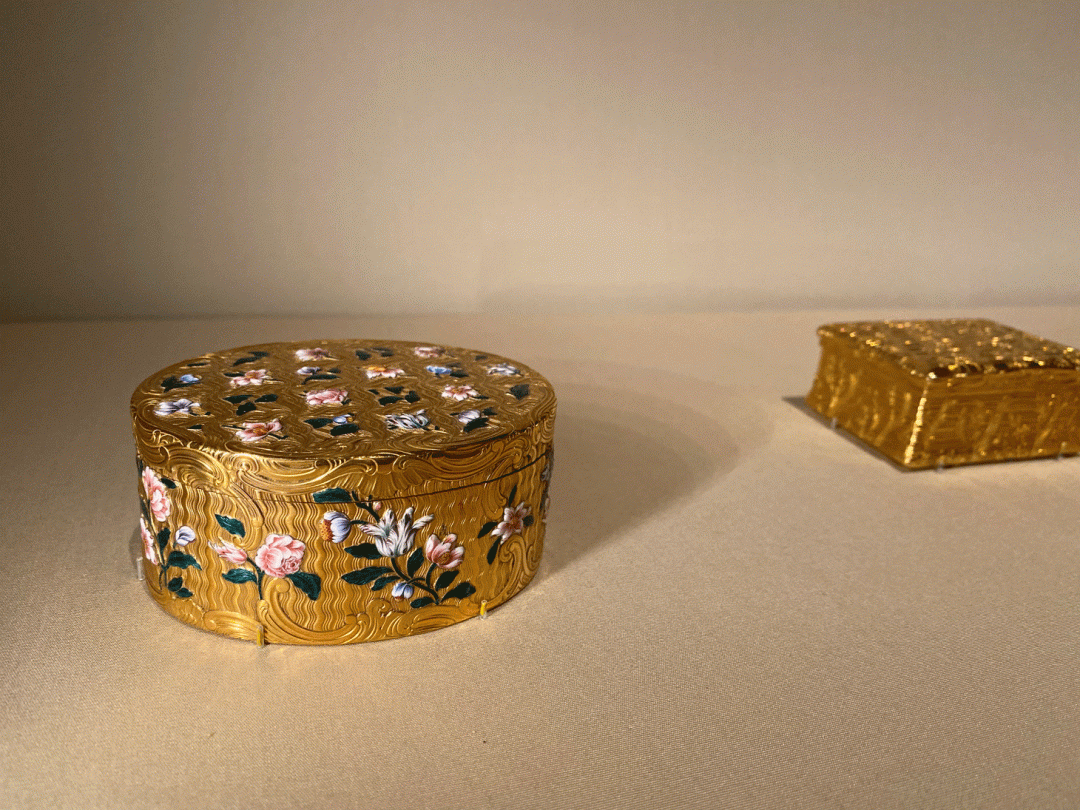
Two 18th-century enamel and gold French snuffboxes.
Image courtesy of: HyperAllergic
In November of last year, The Met installed a curated selection of works from Wrightsman’s bequest to honor her priceless contribution to The Met’s collection. These paintings were shown in three specific galleries. The Department of European Paintings now has 22 paintings, including works by Eugene Delacroix and Georges Seurat, the Department of Drawings and Prints has a portrait of Elisabeth Louise Vigee Le Brun and several rare-bound books, and the Department of European Sculpture and Decorative Arts contains 55 small objects such as a French porcelain inkstand in the shape of a pomegranate and many decorative tobacco snuffboxes.
The Wrightsmans were thought to own the most complete private collection of French decorative arts produced prior to the French Revolution in 1789 within the United States. Their beautiful collection of 18th-century snuffboxes are coated in gold and enamel.
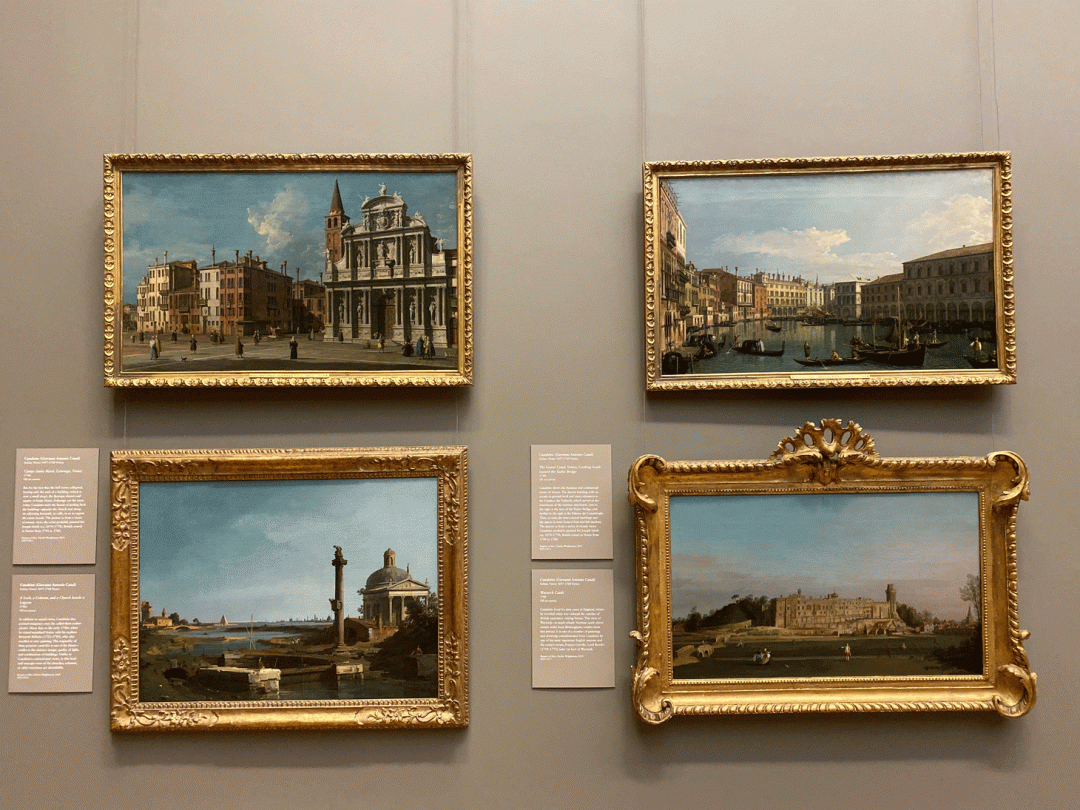
Four of the six new Canaletto paintings.
Image courtesy of: HyperAllergic
Thanks to the Wrightsman, The Met has an entire wall in the European paintings galleries dedicated solely to landscape paintings of Venice. Among those are six paintings by Giovanni Antonio Canal (commonly known as Canaletto) that feature Venice’s biggest “attractions” as the main subject. The paintings depict iconic Venice locations such as Piazza San Marco and the Grand Canal.
These six paintings are in addition to the eight existing Canaletto works that the pair previously donated to the museum. The chairman of The Met’s Department of European Paintings said that Wrightsman originally purchased the paintings for the museum in 1988, but kept them in her apartment until her death. The six new Canaletto paintings bring The Met’s collection to the largest of the artist in the United States.
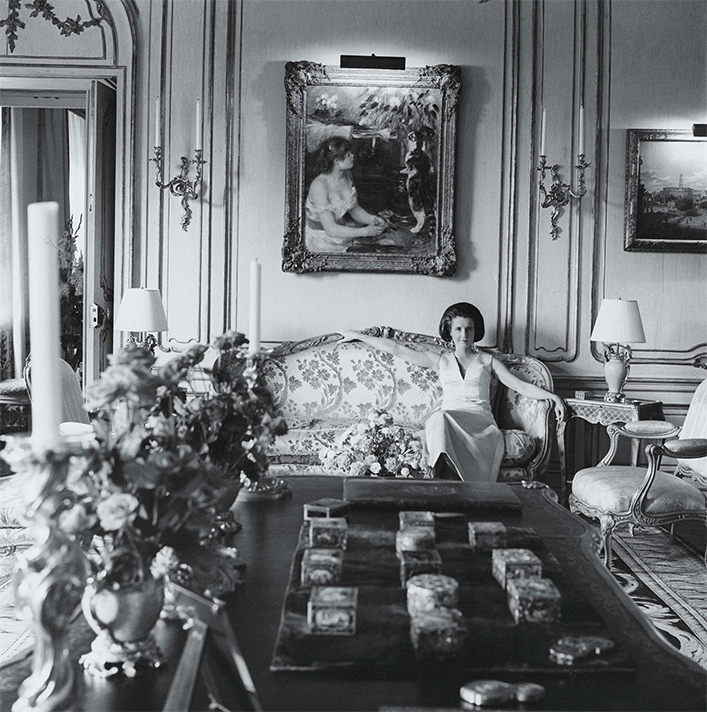
Mrs. Wrightsman sitting on her Louis XV cut-velvet sofa wearing a satin Givenchy gown, 1966.
Image courtesy of: Met Museum,photographed by: Cecil Beaton
Jayne Wrightsman was much more than “the widow of Charles Wrightsman.” Twenty four years younger than him, Mrs. Wrightsman got married to the Oklahoma oil tycoon at the age of 24. Her new life was a far cry from her upbringing to divorced parents in Michigan and later on, a gloves saleslady at a department store in Los Angeles.
Without any formal education in the arts, the couple quickly realized the importance of fine arts in “high society”. Over the next forty years, they amassed what many consider to be America’s most important collection of 18th-century European masters paintings along with French furniture and decorative pieces. The works they acquired filled their many homes; although their intention was always to donate their beloved pieces.
It is said that their New York City apartment was perhaps one of the greatest art treasure chests in New York City, filled with drawings, paintings, furniture, and items worthy of a great museum such as The Met.
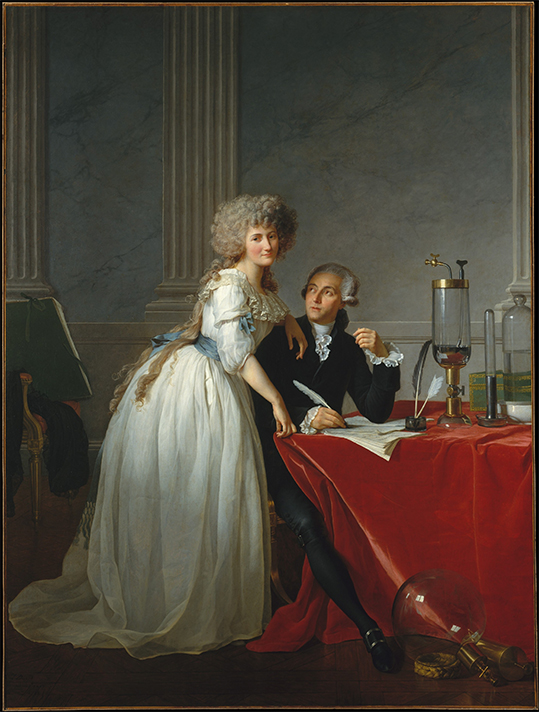
Jacques Louis David’s “Antoine-Laurent Lavoisier and His Wife (Marie-Anne-Pierrette Paulze), 1788.
Oil on canvas, Purchased by Mr. and Mrs. Charles Wrightsman for the Metropolitan Museum of Art in honor of Everett Fahy, 1977.
Dimensions are: 102.25 inches x 76.63 inches.
Image courtesy of: Met Museum
Both husband and wife served as trustees at The Met; and while they gave millions to the museum in order to buy art and refurbish older galleries, their involvement was always on a personal level. Charles became a Trustee of the Museum in 1956 and was named Trustee Emeritus in 1975. Jayne was elected a Benefactor in 1963 and joined the Board of Trustees in 1975. For the next two years, she served as both a member and then as Chairman of the Museum’s Acquisitions Committee. During all of this, Jayne developed a deep knowledge, and love, of French art.
Living a stone’s throw away, they both spent many hours walking through the galleries, spending time examining the paintings and artifacts and figuring out what was missing. The pair frequently invited museum directors, art editors, and curators to their Fifth Avenue home where they were lucky to dine among the Wrightsman’s personal collection. And they were always thinking ahead to what the museum might be lacking.
At some point, almost all of the donated pieces called the Wrightsman’s home their home… and there’s nothing more personal than that! As John Russell, The Times art critic, wrote in 1986 “It is important that these were not mere checkbook transactions, in which paintings moved directly from the dealer’s gallery or auction room to the Met. Many of them were held for 10, 15 or even 20 years. Lived with, they were scrutinized every day, at all seasons, and (not least) in all humors, before they went to the Met.”
